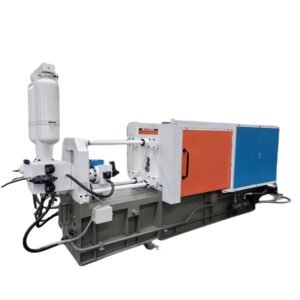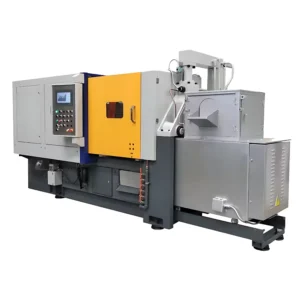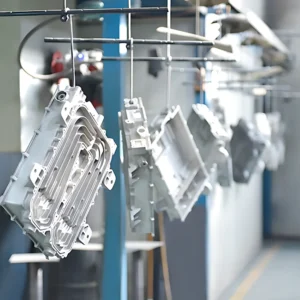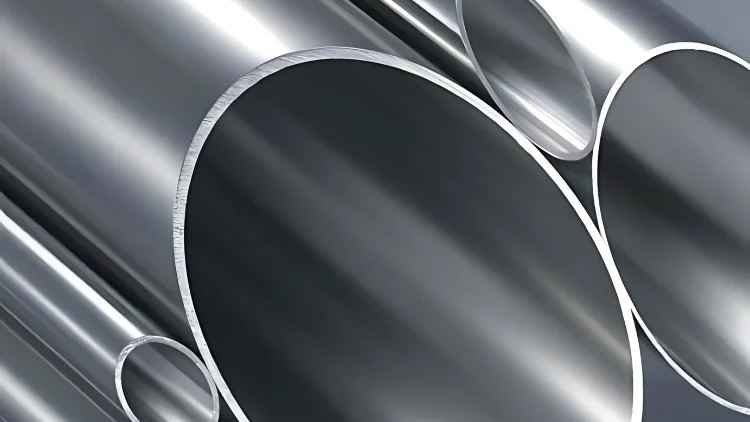Stainless steel surface finishes are mainly divided into three categories: rolled surface treatment, brushed and polished surface treatment, and bright annealed and tempered rolled surface treatment. If you don’t know their types and finish properties, this article will introduce you to the surface treatment of stainless steel.
Common Terms for Stainless Steel Surface Finishes
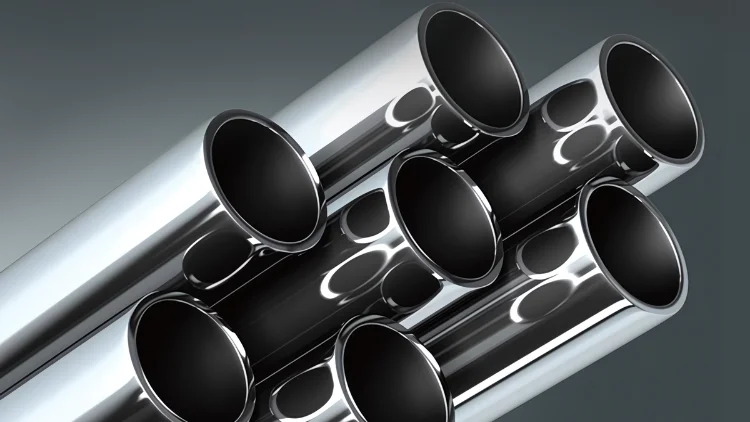
Here are some common terms used to describe stainless steel surface finishes:
- No. 1 Finish: Removal of oxide skin after hot rolling and annealing, resulting in a rough surface.
- No. 2B Finish: Lightly cold rolled after cold rolling and annealing, giving a smooth surface.
- No. 2D Finish: Pickling after cold rolling and annealing, with a non-glossy surface.
- No. 3 Finish: Coarse buffing, typically using a 120-grit belt.
- No. 4 Finish: Standard sanding, usually with a 150-180 grit belt.
- No. 8 Finish: Mirror finish, highly reflective surface.
- BA (Bright Annealed) Finish: Bright annealed, resulting in a very smooth and reflective surface.
Below are the various types of finishes and roughness of stainless steel.
Rolled Surface Finishes
- No. 1 Finish: Achieved by hot rolling, annealing, and pickling. The process involves pressing the steel through rollers at high temperatures, softening the metal through heat treatment, and removing impurities using nitric acid (HNO₃) and hydrofluoric acid (HF). The surface roughness ranges between Ra 3.0 and 7.5 microns.
- No. 2D Finish: A smoother surface than No. 1, obtained by cold rolling, annealing, and pickling. Cold rolling compresses the steel at room temperature, enhancing its strength and surface properties. The roughness typically ranges between Ra 0.6 and 1.0 microns, suitable for further processing such as painting or coating.
- No. 2B Finish: Features a smooth matte surface achieved by cold rolling, annealing, pickling, and final skinning. The roughness usually ranges between Ra 0.3 and 0.6 microns, making it the most common and versatile surface finish.
- BA Finish: Provides a bright, reflective surface through annealing in a controlled atmosphere to prevent oxidation. This process, often involving gases like hydrogen or nitrogen, results in a mirror-like surface with roughness typically below Ra 0.1 microns.
Mechanically Polished Finishes
- Surface No. 3 is polished using a 100-120 grit belt, which leaves a visible grinding mark. The surface roughness is typically around Ra 0.6 to 1.2 microns, providing a semi-polished, uniform appearance.
- Surface No. 4 is a finer polish using a 150-180 grit belt, which produces a smooth, uniform appearance. The surface roughness of this finish is typically between Ra 0.2 and 0.5 microns.
- HL is a continuous, one-way polish that gives the surface a hairline appearance. This finish is characterized by fine linear striations for a consistent and aesthetically pleasing appearance.
- No. 8 is a highly reflective, mirror-like finish achieved through extensive polishing. This finish has a surface roughness of less than Ra 0.1 microns.
Specialty Surface Finishes
- PVD coating is a technique that deposits a thin layer of titanium or other metal on the surface of stainless steel to provide specific colors and enhanced wear resistance.
- The etched surface treatment uses chemical etching techniques to create patterns or text on the surface of stainless steel for decorative and functional purposes. This process allows for a high degree of customization and detailed design.
- Embossed surface treatment is a mechanical or chemical method that creates a raised or depressed pattern on the surface, adding texture and slip resistance.
- Sandblasted surface treatment is a matte surface treatment that creates a uniform, finely textured appearance by blasting the surface with a high-speed abrasive.
- Electroplating deposits a layer of metal, such as chrome or nickel, on the surface of stainless steel to enhance the corrosion resistance and aesthetics of stainless steel.
How to Choose the Right Stainless Steel Finish
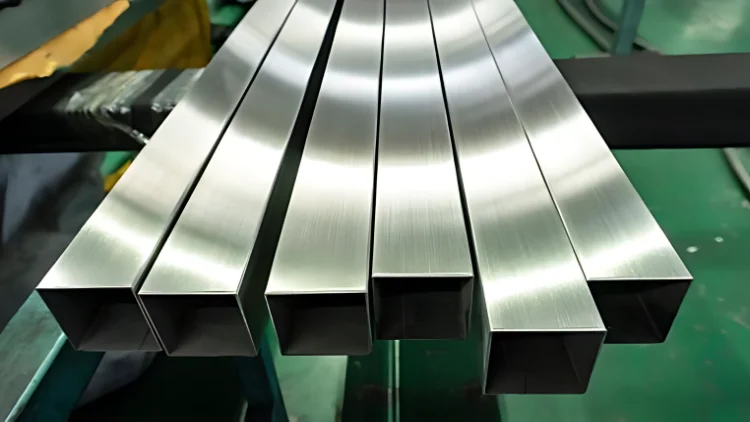
Practicality
- Heavy industrial equipment or infrastructure may not require high aesthetics, so a No. 1 rough surface provides good physical properties.
- Architectural elements or high-end consumer products that require a high gloss and aesthetic surface are best suited to a reflective mirror finish of BA (bright annealed) or No. 8 (mirror polished).
Appearance
- If a semi-polished appearance and visible grinding marks are acceptable, No. 3 (intermediate polished surface) is a good choice.
- No. 4 (brushed finish) is widely used when a smoother, more uniform appearance is desired, especially on appliances and countertops.
- For a modern, linear look, choose the continuous, unidirectional polish of HL (hairline polished).
Environment
- Surface treatments such as electroplating or PVD coating can enhance corrosion resistance when exposed to corrosive substances or humid environments.
- Outdoor applications have higher requirements for anti-oxidation performance, and BA (bright annealing) is a more suitable controlled atmosphere anti-oxidation annealing process.
Functionality
- The embossed surface is ideal for enhanced grip applications such as flooring or cladding to add texture and slip resistance.
- In applications with high hygiene requirements, such as kitchen equipment and medical equipment, No. 2B provides a smooth, easy-to-clean surface.
Cost
- If your project has a limited budget, No. 2D is an affordable option that offers a good balance between smoothness and machining performance.
- For high-end applications with a higher budget, choose No. 8 (Mirror Polished) or BA (Bright Annealed) to achieve a higher finish and performance.
Common Uses of Stainless Steel Finishes
- No. 1: Industrial equipment, such as air heaters, boiler baffles, and heat exchangers.
- No. 2D: Automotive exhaust systems, architectural hardware, and chemical equipment.
- No. 2B: Baking equipment, chemical plant equipment, and sanitary ware.
- BA (Bright Annealed): Household appliances, automotive trim, and surgical instruments.
- No. 3: Brewing and food processing equipment, and scientific instruments.
- No. 4: Household appliances, architectural wall panels, and marine fittings.
- HL (Hairline Finish): Architectural and decorative applications, such as column caps and decorative trim.
- No. 8: is used for clean rooms, mirrors, decorative trim, reflectors, signage, and wall panels.
For more information on metal finishing, please check here.
Summary
Understanding the types of stainless steel surface finishes and considering their practicality, appearance, environment, function, and cost will help you choose the right surface treatment for your project. From the industrial-grade No. 1 to the decorative-grade No. 8, each finish has unique properties.
If you are looking for a surface treatment service provider, contact us now. Get a quote for your project. With over 20 years of industry experience, we offer competitive prices, high-quality products, fast responses, and customized services, ensuring on-time delivery and quality assurance.

